Having broken my tripod recently I decided to look at what the high end of the market has to offer. A cheap tripod rarely does you any favors and whilst my previous one wasn’t exactly cheap, I’d often wanted a bit more stability and a generally nicer feel to things. I did a lot of research, read a lot of reviews, blog posts and forum threads and narrowed things quickly down to Gitzo and Really Right Stuff.
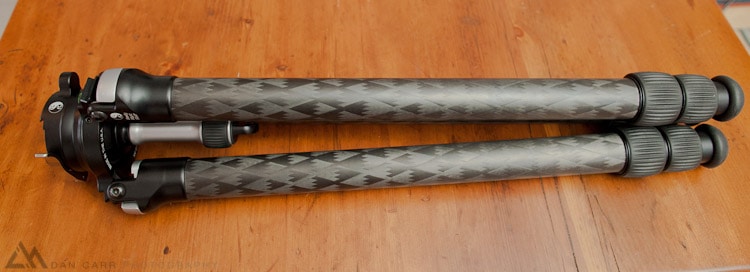
I’m a big fan of Really Right Stuff products in general and I use their BH-40 ballhead as well as an MH-01 on my monopod so I was interested to watch their development of a tripod lineup over the last couple of years. Initially they launched the TVC-33 which promised the support capacity of a Gitzo 5-series but in a size and weight that was closer to a Gitzo 3-series. Those that have ever handled anything made by RRS will know that they are second to none when it comes to quality of machining and construction. The new carbon fiber tripods are no different but it comes at a price of course.

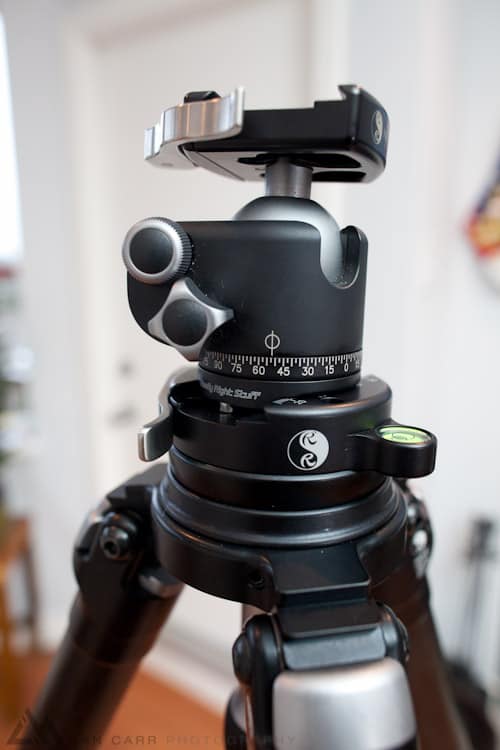

When you begin your search for “the one” there are 6 main considerations. Folded length, maximum height, weight, capacity, number of leg sections and price. On top of that there are some secondary considerations like ability to add a center column, ability to change the feet, minimum height (for low level shooting), and potentially compatibility with certain ball heads (more on this one later).
Now this is MY search for MY perfect tripod and I’m not suggesting it will be everyones answer but in explaining my choices perhaps it will shed light on the direction you should go in. So here are the considerations I took into account.
- Capable of supporting a 500mm lens with a pro body as this is the heaviest combination I shoot with.
- Relatively short when collapsed as I travel a lot and want it to fit easily in my checked baggage. I had previously looked at the TVC-33 and decided that it was a bit too long for my liking, so essentially I was looking for something a little shorter than that.
- Relatively lightweight as I want to have it on my back when skiing and hiking.
- A hook underneath the platform to hang my camera bag on.
- 3-section design. Every leg lock will add an amount of instability to a tripod so one with only two locks and three sections will be inherently more stable than a 4 section design. Of course the tradeoff here is that a 3-section design will have a longer folded length but whilst I wanted something relatively short I would sacrifice a couple of inches for stability.
- I want a leveling head because I know that occasionally I would like to shoot panoramas. A leveling head that is built in to the tripod is preferential to one that you add on later on top of the tripod as it cuts down on a little weight.
- When extended to full height I want a tripod that puts the camera roughly at eye level. I’m 5 foot 9 by the way. This is something that I went back and forth on for a long time. The general consensus says that you should go for a tripod that is close to your full height. This means that when shooting on a slope you have plenty of extra length to extend the downward leg and still have the camera at eye level. The problem is that having this extra height means the tripod is a little heavier and a little longer. I was willing to sacrifice maximum height for the decrease in weight. I also want to use it for shooting video, where you never need a tripod that is as tall as one for photography. Typically for video the camera will be at mid-torso height.
Having looked at some Gitzo 3-Series tripods and the RRS TVC-33 I decided that I wanted the build quality of an RRS TVC tripod and the support capacity that they offered for a lower tripod weight. I ruled out the TVC-33 as too long when collapsed but RRS also introduced a TVC-33s which was 3 inches shorter when collapsed, and also a quarter pound lighter but still rated to supports 50lbs. They also have a TVC-23 , TVC-24 and TVC-24L which are all rated to hold 40lbs. I ruled out the 24 and 24L as I wanted a 3 section tripod and not 4. So that left me going back and forth between the 23 and the 33s. The TVC-23 is 0.6 inches longer and 3 inches taller when extended but weights 0.8 lbs less than the 33s. RRS makes leveling heads specific for both tripods so that was not going to be an issue but the 3-series leveling head also features a 75mm bowl, compatible with many video fluid heads. This is a pretty big bonus when you are looking for a tripod that you want to use for the next ten years. If I get into shooting more video then a tripod with a video bowl would be a necessity and that rules out the TVC-23. Luckily for me, RRS just redesigned their 3-series leveling heads to include a hook on the bottom as well. In fact I received one from the very first manufactured batch. Whilst a 40lb load rating on the 2-series would have been fine for my biggest gear, it doesn’t hurt to have a 50lb rating either. It all adds to the stability and allows some expansion room.
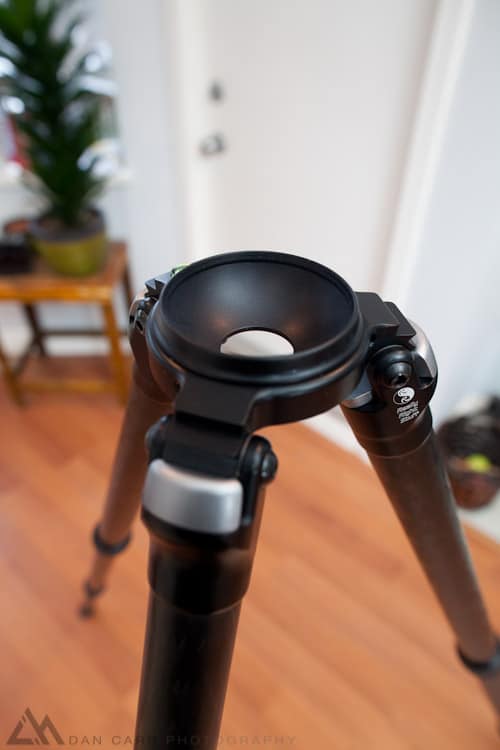

One thing that surprised me about the series-3 leveling base is how light it is. Feels lighter than the 440g quoted on the website.

The 3-series tripods were designed to compliment the BH-55 ball head but I intend to use the BH-40 on it for the moment. Again it all comes down to weighing up the considerations I listed earlier. A BH-40 is considerably smaller and lighter and I want to travel with it a lot and also carry it to remote locations. Whilst the BH-40 is supposed to compliment the 2-series tripods it will offer a considerably more stable platform on a 3-series so that combination represents a middle ground between the two combinations of TVC-23 + BH40 and TVC-33 + BH55. I can get away without the BH55 as I do not intend to use the 500mm on the ballhead. When the 500mm comes into play it will be mounted on a gimbal head. Therefore by biggest lens on the ballhead will be a 300mm which I have found to work just fine with the BH40. In some scenarios a BH-55 would be an improvement but you have to balance things out, otherwise the perfect tripod would simply be the tallest, heaviest one with the biggest ballhead on and we all know that is rarely the case unless you can drive right up to a location.
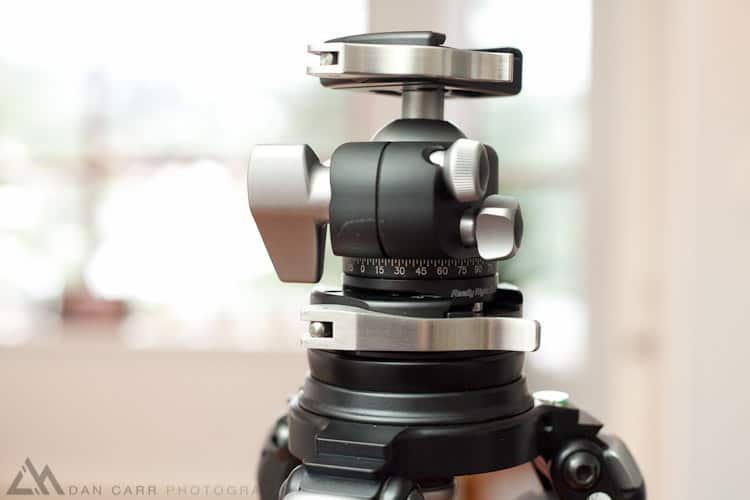
When I originally questioned RRS about using a BH-40 on a series-3 tripod they said it wasn’t the best idea as the locking knob would foul on the top plate as it was 55mm wide compared to the 40mm wide base of the BH-40. In fact though, by adding the optional dovetail plate to the BH-40 and using the quick release version of the leveling base you can see in this image above that there is just enough clearance for the knob to move freely.
RRS makes a version of their leveling bases that includes a lever release clamp and I opted to go for that. By adding a dovetail plate to the bottom of my BH-40 I can very quickly remove the ballhead and switch to my PG-02-HB which I use as a nodal slide for panoramas (also fitted with a dovetail plate). I also intend to buy a PG-02-VA at some point to go with it for the full gimbal when using long lenses.



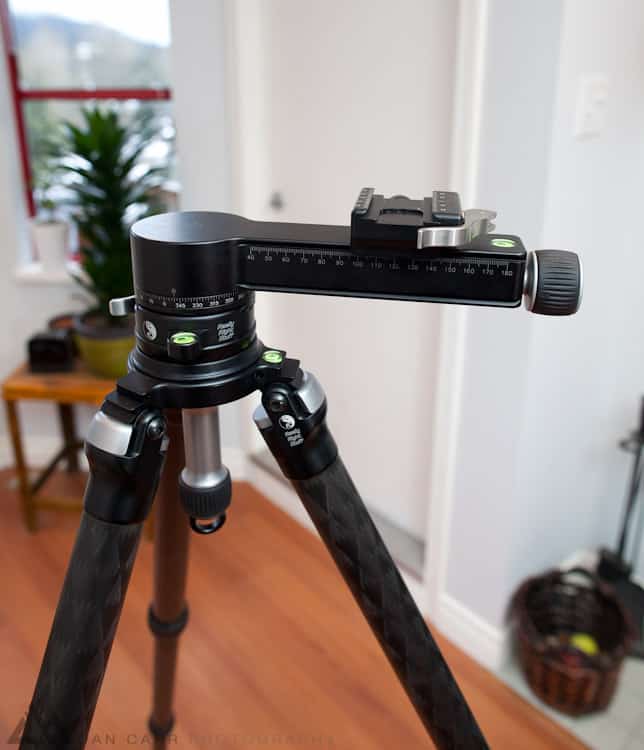
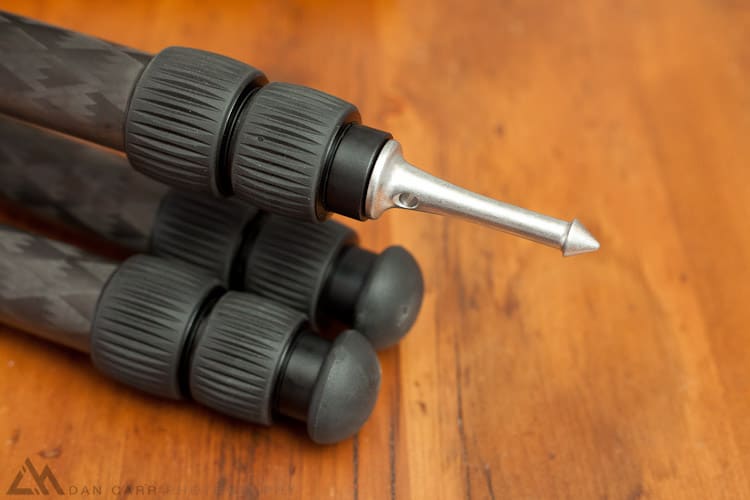
I also opted to go for a set of TA-3-FS spikes. At very nearly $100 for the set it is an expensive addition but they are in fact much larger and more solid than I anticipated. Hopefully this photo above does a better job of showing them to you than the RRS site did for me. Having handled them I can see where the cost comes from as they are machined out of solid aluminum billet.
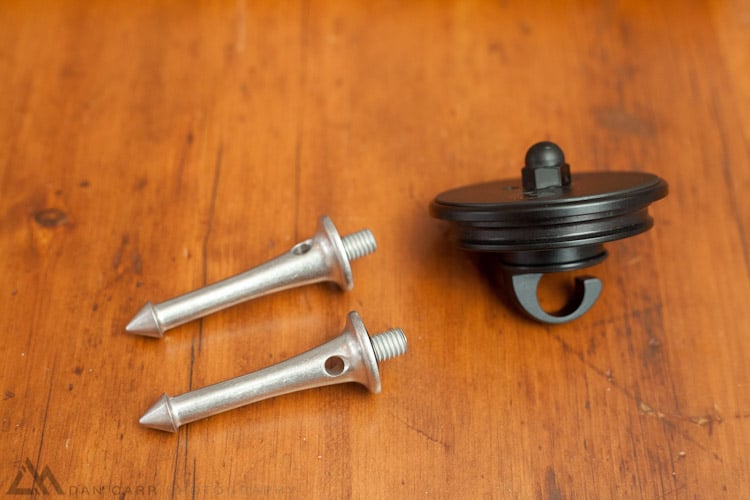
TVC-33s – $895
BH-40 – $375
TA-3-LC-HK – $290
PG-02 HB – $260
FAS Clamp – $140
TA-3-FS – $90
This setup represents a considerable financial outlay but I believe that I’ve finally found the perfect tripod for my variety of needs and that is worth a lot to me. The build quality is phenomenal, and the whole thing is simply a joy to use.



